Royal parents-to-be William and Kate are unlikely to be trawling the babycare aisle in a few months’ time looking for a bogof on wet wipes. But less privileged families may well be following increases in prices and promotional activity across the market over the past year.
Even the cost of spending a penny has risen, with the average price of a single nappy up about 5% from 19p a year ago to 20p - in line with an increase that has pushed the cost of a nappy up 5p in five years. The average unit price of a pack of nappies, meanwhile, has risen by 3% to £7.52 in the past year.
If they were feeling thrifty, the royal couple could make a saving (and possibly appease republicans a little) by going the own-label route. To clad the bottom that may one day sit on the throne of the UK in an own-label nappy would cost just 14p - a price unchanged year-on-year - and the average price of a pack of own-label nappies has dropped by 1% to £4.64.
It was exactly this intense competition from own-label coupled with growing promotional activity - the number of deals in the nappy category has risen from 3,044 a year ago to 3,337 - that prompted Kimberly-Clark to pull its core Huggies nappy range from the UK and most of Europe.
Buyers looking for a bargain should have their eyes trained firmly on white fish at the moment. Fish and chips favourite cod has become 13.6% cheaper over the past 12 months, with representative Danish prices now at £3,397/tonne following a 10.5% drop over the past month.
Meanwhile, haddock prices have tumbled 24.2% following an increase in the haddock fishing quota, and coley and plaice have also seen prices nosedive year-on-year, with drops of 18.5% and 10.9% respectively.
Away from white fish, prices remain elevated - coldwater prawns are up 25.6% year-on-year due to high demand and reduced quotas in Greenland and the Gulf of Maine as well as an expected reduction in Canada’s total allowable catch. At £1.969/tonne, yellowfin tuna is up by nearly 20% compared with last year, although prices have eased somewhat more recently, falling by 3.5% month-on-month.
Promotions have also increased in the baby toiletries category, with the number of offers up from 940 a year ago to 1,101 this year, while the average saving has increased from 30.6% to 31.7%. This hasn’t been sufficient to keep a lid on price rises, however, with the average volume price (per litre/kg) rising 8% year-on-year to £15.82, while unit price has risen a modest 2% to £2.57.
And should William nip out for a jar of babyfood, he’ll be paying more for that too than he would have a year ago. The average price of wet baby food has risen 5% per unit to £1.13, with volume prices up 8%. Again, this is despite a sharp increase in promotional activity, with the number of deals up from 4,093 to 4,467 and savings increasing by more than four percentage points to 24.9%. Dry baby foods such as cereals and porridge have been similarly hit by hikes, with the unit and volume price up 7% year-on-year.
One category where parents have been paying less this year is baby milk, with the typical unit price down 4% to £4.91. The number of promotions has increased, from 106 to 150, but the market has eased back on savings - which are down from 22.3% a year ago to 20.4%.




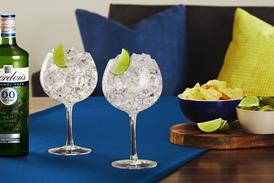



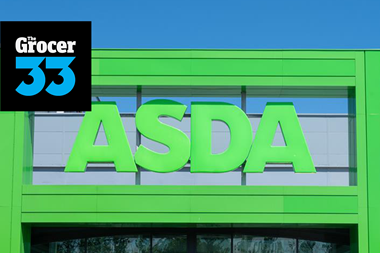
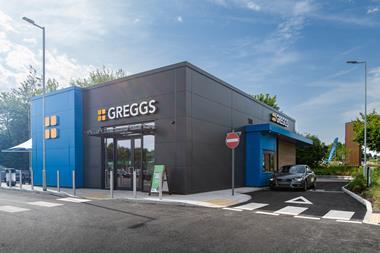
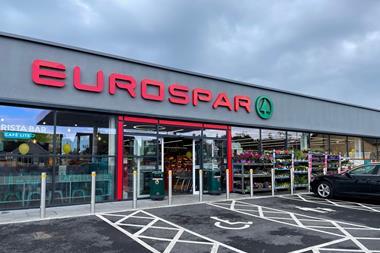




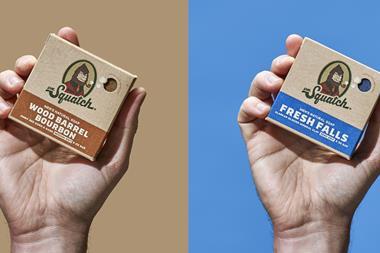
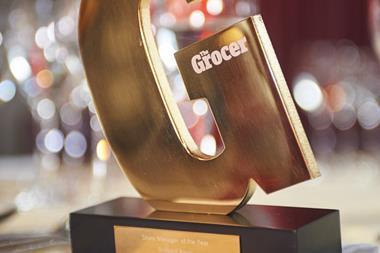


No comments yet